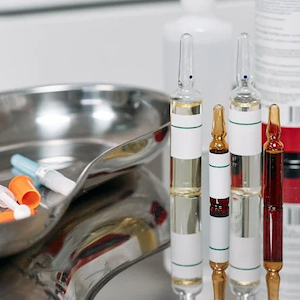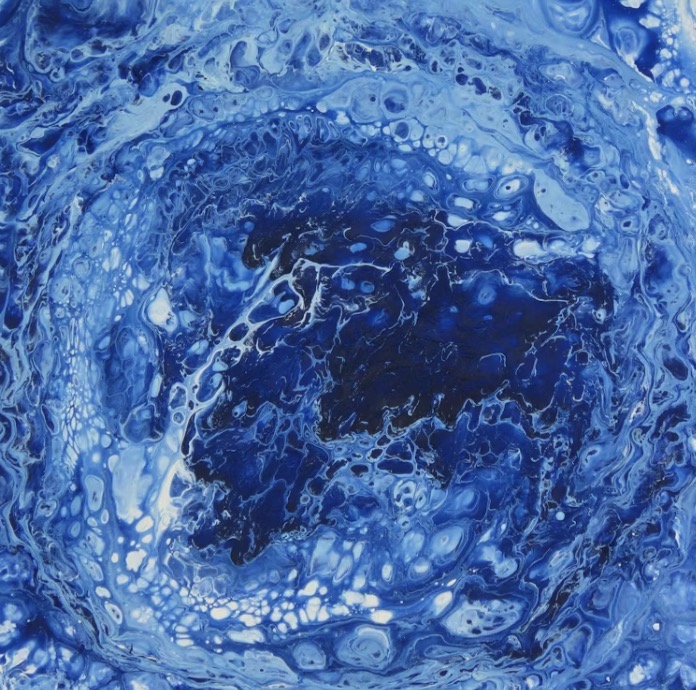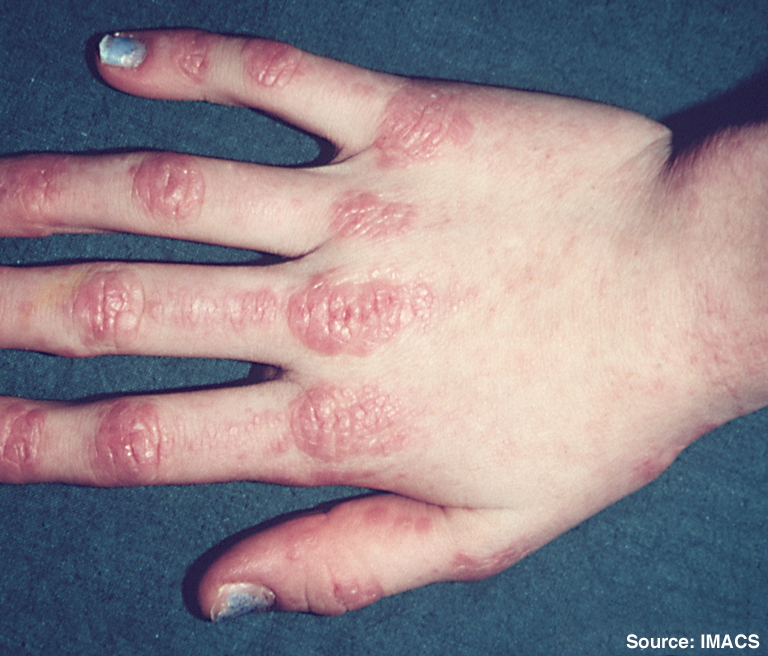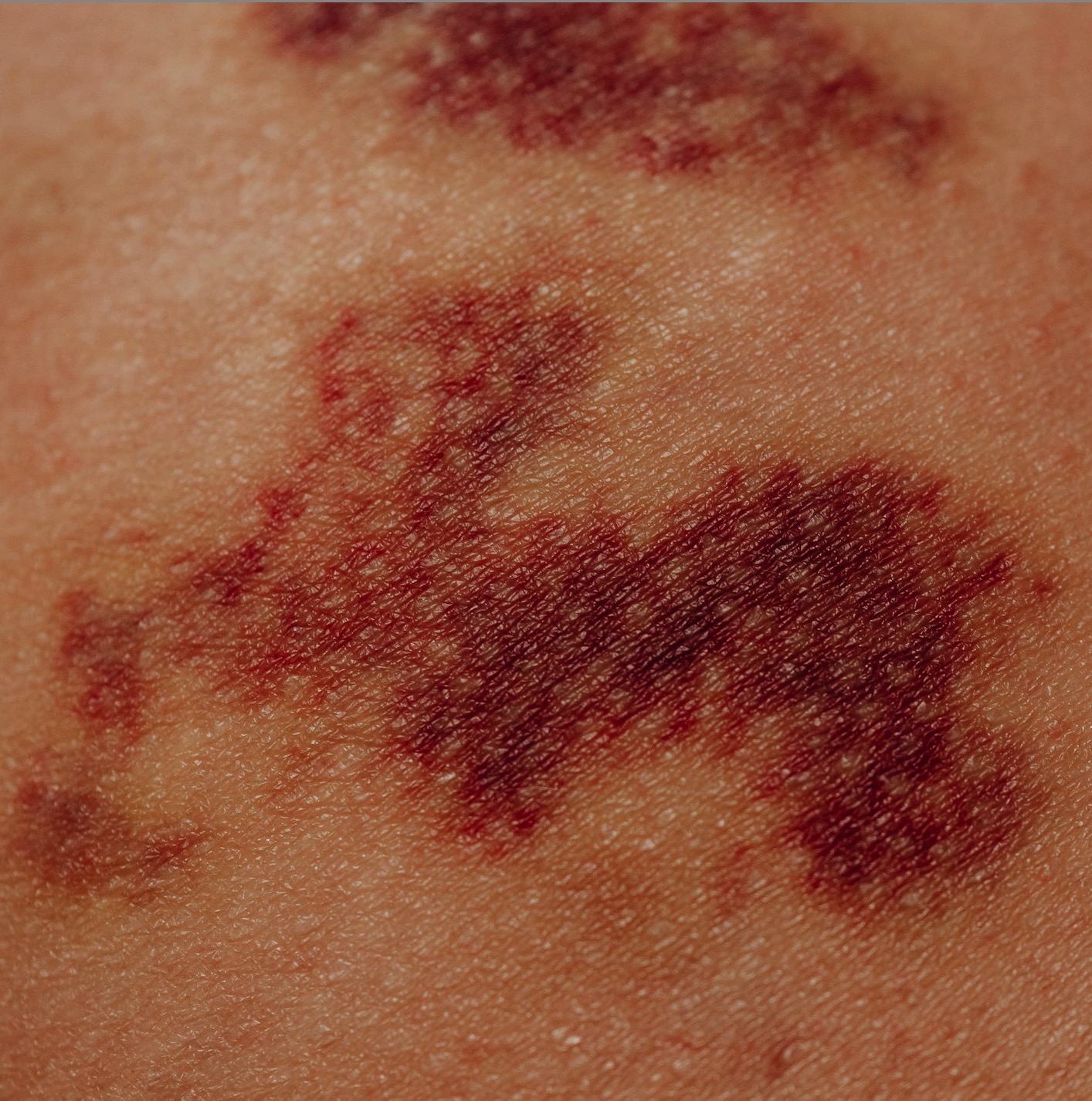Discrepancies between clinical and pathological findings seen at renal biopsy in rheumatological diseases

Published: September 18 2023
Abstract Views: 1212
PDF: 500
Publisher's note
All claims expressed in this article are solely those of the authors and do not necessarily represent those of their affiliated organizations, or those of the publisher, the editors and the reviewers. Any product that may be evaluated in this article or claim that may be made by its manufacturer is not guaranteed or endorsed by the publisher.
All claims expressed in this article are solely those of the authors and do not necessarily represent those of their affiliated organizations, or those of the publisher, the editors and the reviewers. Any product that may be evaluated in this article or claim that may be made by its manufacturer is not guaranteed or endorsed by the publisher.
Similar Articles
- E. Favalli, F. Ingegnoli, S. Zeni, M. Faré, F. Fantini, HLA typing in systemic sclerosis , Reumatismo: Vol. 53 No. 3 (2001)
- Lorenzo Falcone, Pasquale Rossiello, Ignazio D'Addetta, Fabio Martino, Imaging diagnostic role in idiopatic calcification of intervertebral disc in children. A case report , Reumatismo: Vol. 58 No. 1 (2006)
- C. Baldini, A. Della Rossa, S. Grossi, E. Catarsi, R. Talarico, A. d'Ascanio, M. Mosca, R. Neri, A. Tavoni, S. Bombardieri, Churg-Strauss syndrome: outcome and long-term follow-up of 38 patients from a single Italian centre , Reumatismo: Vol. 61 No. 2 (2009)
- F.M. Galassi, L. Ingaliso, V. Papa, R. Lorenzi, E. Percivaldi, E. Varotto, On the early uses of the word ‘gout’: novel evidence and a critical assessment of the published literature , Reumatismo: Vol. 76 No. 2 (2024)
- C. Botsios, P. Sfriso, C. Grava, P. Ostuni, M. Andretta, A. Tregnaghi, P. Zucchetta, PF. Gambari, Imaging in major salivary gland diseases , Reumatismo: Vol. 53 No. 3 (2001)
- E. Marasco, M. Mussa, F. Motta, F. Bobbio-Pallavicini, R. Maserati, C. Montecucco, L. Bogliolo, Denosumab for the treatment of HIV-associated osteoporosis with fractures in a premenopausal woman , Reumatismo: Vol. 73 No. 1 (2021)
- Ebru Yılmaz, Özge Pasin, Conventional radiography and correlated factors of enthesopathies of the Achilles tendon and plantar fascia in patients with axial spondyloarthritis , Reumatismo: Vol. 77 No. 1 (2025)
- L. Guarda Nardini, Temporomandibular joint examination reviewed , Reumatismo: Vol. 53 No. 3 (2001)
- F. Salaffi, M. Carotti, G. Argalia, D. Salera, G.M. Giuseppetti, W. Grassi, Usefulness of ultrasonography and color Doppler sonography in the diagnosis of major salivary gland diseases , Reumatismo: Vol. 58 No. 2 (2006)
- A.S. Hammami, M. Jellazi, S. Arfa, S. Daada, K. Ben Hamda , A. Achour, S. Ouali, Getting to the heart of the matter: diagnostic tools and therapeutic approach to cardiac involvement in Behçet syndrome A Tunisian case series , Reumatismo: Vol. 73 No. 1 (2021)
You may also start an advanced similarity search for this article.













